Inquiry-based Learning
In his publication Art Criticism and Education (1997), George Geahigan put forward a model of inquiry-based art criticism learning. In Geahigan’s model, art criticism is considered as a critical inquiry activity in the search for meaning and value of artworks.
Inquiry-based art criticism learning mainly consists of three kinds of instructional activities: (1) personal response activity, (2) aesthetic concept and perceptual skill acquisition activity, and (3) research activity. Personal response activity concerns students’ feelings and thoughts generated when encountering an artwork, encouraging students to reflect on their own views. Aesthetic concept and perceptual skill acquisition activity put emphasis on soliciting and refining students’ responses to an artwork, in order to develop a systematic approach to practising art criticism. Research activity aims at equipping students with a better understanding of biographical knowledge of artists and contextual infromation of artworks which can help viewers grasp the meaning of the works. Go to Resources
Personal Response Activity
Introduction
Personal response activity aims at (1) eliciting students’ inquires, curiosity, feelings and personal thoughts in encountering artworks, and hence (2) leading them to practise critical reflection.
Implementation
-
Lead students to realize the problems presented by artworks that make viewers puzzled, i.e. “the problematic situations” proposed by Geahigan. For example:
- Compare artworks in terms of subject, style, function, theme or artistic intent, in order to challenge the given perceptions of students towards the works.
- Try to select provocative works for discussion, in order to challenge the conventional beliefs, ideas and values of students.
-
Guide students in responding to and pursuing the puzzle and inquires:
- Encourage students to develop their own understanding of and feelings towards an artwork, instead of indoctrinating them with certain perceptions. Personal signification can only be acquired by students through exploring the artworks themselves; it cannot be taught.
- Respect students’ responses, opinions, interests and concerns. Avoid showing preferences for specific viewpoints, in order not to discourage students when talking about artworks or engaging them in art criticism.
- Create an inviting classroom atmosphere for students to freely express their opinions or comment on others’ viewpoints. Cooperation, instead of competition, should be encouraged among students.
-
Engage students in making responses and discussion:
- Encourage students to provide evidence to support their own conclusions.
- Ask students to provide more information about the artworks.
- Summarize students’ opinions from time to time.
Examples
Examples 1: Ask students to choose two artworks of different periods for comparison and identify the similarities between the works.

Venus de Milo, c. 100 B. C.
Alexandros of Antioch
Marble
H 2.02 m
Louvre Museum, Paris

David, 1501 - 1504
Michelangelo (1475 - 1564)
Marble
H 4.97 m
Gallery of the Academy of Florence, Florence

Pantheon
113–125 AD
Rome, Italy

Hong Kong Central Library, 2001
Causeway Bay, Hong Kong
Example 2: Show students paintings about artists painting their models. Engage them in reflecting on the differences between Lucian Freud’s works and works showing typical painter-model relationships.

Painter and Model, 1986 - 1987
Lucian Freud (1922 - 2011)
Oil on canvas
159.6 x 120.7 cm
Private Collection

The Allegory of Painting, c. 1666 - 1668
Vermeer (1632 - 1675)
Oil on canvas
120 x 100 cm
Kunsthistorisches Museum, Vienna

Painter and Model (Venus), 1923
Jenő Paizs Goebel (1896 - 1944)
Oil on canvas
94 x 145 cm
Private Collection

Artist and Model, 1959
Mati Klarwein (1932 - 2002)
Oil and tempera on canvas
81 x 100 cm
Private Collection
Example 3: Show students paintings with similar themes and compositions. Engage them in reflecting on why Robert Sherer’s works are considered as radical breaks with conventions.

Pietà, c. 1440
Konrad Witz (c. 1400 - 1447)
Tempera and oil on panel
33.3 x 44.5 cm
The Frick Collection, New York

Midtown Pieta
Robert Sherer (1957 - )
Oil on canvas
99.1 x 147.3 cm
Private Collection

Resting Girl, 1752
Francois Boucher (1703 - 1770)
Oil on canvas
59 x 73 cm
Alte Pinakothek, Munich

Vamose Ramos!
Robert Sherer (1957 - )
Oil on canvas
134.6 x 210.8 cm
Private Collection
Example 4: Encourage students to make a guess at the story behind Bahareh Bisheh’s works.

I Have a Mother..., 2012
Bahareh Bisheh (1989 - )
Digital image

I Have a Mother..., 2012
Bahareh Bisheh (1989 - )
Digital image

I Have a Mother..., 2012
Bahareh Bisheh (1989 - )
Digital image

I Have a Mother..., 2012
Bahareh Bisheh (1989 - )
Digital image
Example 5: Show students the following works with cat as the subject matter. Encourage them to discuss their feelings of the works.

Portrait of Louise Vernet as a Child, c. 1818 - 1819
Theodore Gericault (1791 - 1824)
Oil on canvas
60.5 x 50.5 cm
Louvre Museum, Paris

Cat Devouring a Bird, 1939
Pablo Picasso (1881 - 1973)
Oil on canvas
91.4 x 127.0 cm
Private Collection

Tabby Cat, 1924
Takeuchi Seihō (1864 - 1942)
Ink and colors on silk
81.9 x 101.6 cm
Yamatane Museum of Art, Tokyo

The Association of Manekineko Japan, Cat in Japan, 1996
Yokoo Tadanori (1936-)
Screen print on paper
103 × 72.7 cm
M+ Sigg Collection, Hong Kong
Aesthetic Concept and Perceptual Skill Acquisition Activity
Introduction
Aesthetic concept and perceptual skill acquisition activity aims to equip students with (1) aesthetic concepts and (2) perceptual skills required in art criticism so that they can acquire a solid understanding of artworks.
Implementation
-
Teach aesthetic concepts through examples and demonstrations:
- Concept and interpretation: Draw a comparison or an analogy between different artworks
- Form: Explain artworks using diagrams or modifying the works
-
Teach perceptual skills through demonstrations and practice:
- Engage students in art making to acquire practical experience in order to learn about specific artistic medium.
- Guide students to observe artworks with the use of diagrams or through modifying the works.
- Ask students to categorize artworks based on given styles, media, techniques, organization, functions or other elements, in order to demonstrate their understanding of the works.
Examples
Example 1: Teachers show various artworks to explain how art is employed in social movements (concepts and interpretation).

Lennon Wall,2014
Installation
Hong Kong

A Dung Gu kiosk formed by numerous little yellow umbrellas, 2014
Installation
Hong Kong

Lennon Wall, 2014
Urban Sketchers Hong Kong
Watercolor on paper
Hong Kong

Umbrella Revolution: Symbols of Hong Kong Protest, 2014
Digital image
Hong Kong




Example 2: Teachers show various artworks to explain how art is employed in political propaganda (concepts and interpretation).

Mount Rushmore National Memorial, 1927 - 1941
Gutzon Borglum (1867 - 1941) & Lincoln Batholith (1912 - 1986)
Granite
H 18m
Keystone, South Dakota

Agriculture, 1952
Bernardas Bučas (1903 - 1979) and Petras Vaivada (1906 - 1989)
H 3.2 m(including the pedestal)
Green Bridge, Vilnius, Lithuania

Five Rams Statue, 1959
Granite
H 11 m
Yuexiu Park, Guangzhou, China

Statues of Kim Il-sung and Kim Jong-il of Mansu Hill Grand Monument, 1972 & 2012
Bronze
H 22 m
Mansu Hill, Pyongyang, North Korea
Example 3: Teachers show various artworks to explain how art is employed to expose social problems (concepts and interpretation).

Unity, 2016
Guido van Helten (1986 - )
Jacksonville, Florida, USA

Unexpected Festival by JustKids, 2016
Guido van Helten (1986 - )
Fort Smith, Arkansas, USA

The 30th Anniversary of the Disaster of Chernobyl, 2016
Guido van Helten (1986 - )
Chernobyl

Mexicable Project, Part I, 2016
Guido van Helten (1986 - )
Ecatepec de Morelos, Mexico
Example 4: Teachers show the following artworks in which the painter employs a realistic approach to imitate the abstract image created with paint on an acrylic pane. Ask students to judge and justify if it is an abstract or a realistic work.

Untitled-1, 2015
Lu Zheng-yuan (1982 - )
Oil on canvas and Acrylic
180 x 300 cm

Detail

Paint on plastic borad

The painting and the paint on the plastic board
Example 5: Provide indications or marks to help students gain a better understanding of the composition of the artwork or encourage students to talk about their understanding of the composition with diagrams (form).

Last Supper, c. 1494 - 1498
Leonardo da Vinci (1452 - 1519)
Fresco-secco
460 × 880 cm
Santa Maria delle Grazie, Milan

Madonna del Prato, c. 1505 - 1506
Raphael (1483 - 1520)
Oil on board
113 x 88.5 cm
Kunsthistorisches Museum, Vienna

The School of Athens, c. 1509 - 1511
Raphael (1483 - 1520)
Fresco
500 x 770 cm
Apostolic Palace, Vatican City

The Inspiration of Saint Matthew, 1602
Caravaggio (1571 - 1610)
Oil on canvas
292 x 186 cm
Contarelli Chapel, San Luigi del Francesi, Rome

The Lamentation Over the Dead Christ, c.1635
Anthony van Dyck (1599 - 1641)
Oil on canvas
115 x 208 cm
Royal Museum of Fine Arts, Antwerp

The Milkmaid, c. 1660
Johannes Vermeer (1632 - 1675)
Oil on canvas
45.5 x 41 cm
Rijksmuseum, Amsterdam

The Raft of the Medusa, c. 1818 -1819
Théodore Géricault (1791 - 1824)
Oil on canvas
491 x 716 cm
Louvre Museum, Paris

On the lake (Tver region), 1893
Isaac Levitan (1860 - 1900)
Oil on canvas
109 x 163 cm
Example 6: Ask students to identify the common feature (i.e. fly) of the following artworks. Guide them in discerning the meanings of the fly in the artworks.

Portrait of a Carthusian, 1446
Petrus Christus (c. 1410/1420 – 1475/1476)
Oil on wood
29.2 cm × 21.6 cm
Metropolitan Museum of Art, New York

Detail

Madonna and Child, c. 1480
Carlo Crivelli (1430 - 1495)
Oil on canvas
37.8 x 25.4 cm
Metropolitan Museum of Art, New York

Detail

Christ Supported by Two Angels, c. 1490
Giovanni Santi (c. 1435 - 1494)
Oil on canvas
66.5 x 54.5 cm
Museum of Fine Arts, Budapest

Detail

Portrait of the Artist and his Wife, c. 1496
Master of Flemish (1460 - c. 1533)
Oil on panel
38 x 26 cm
Royal Museum of Fine Arts, Antwerp

Detail
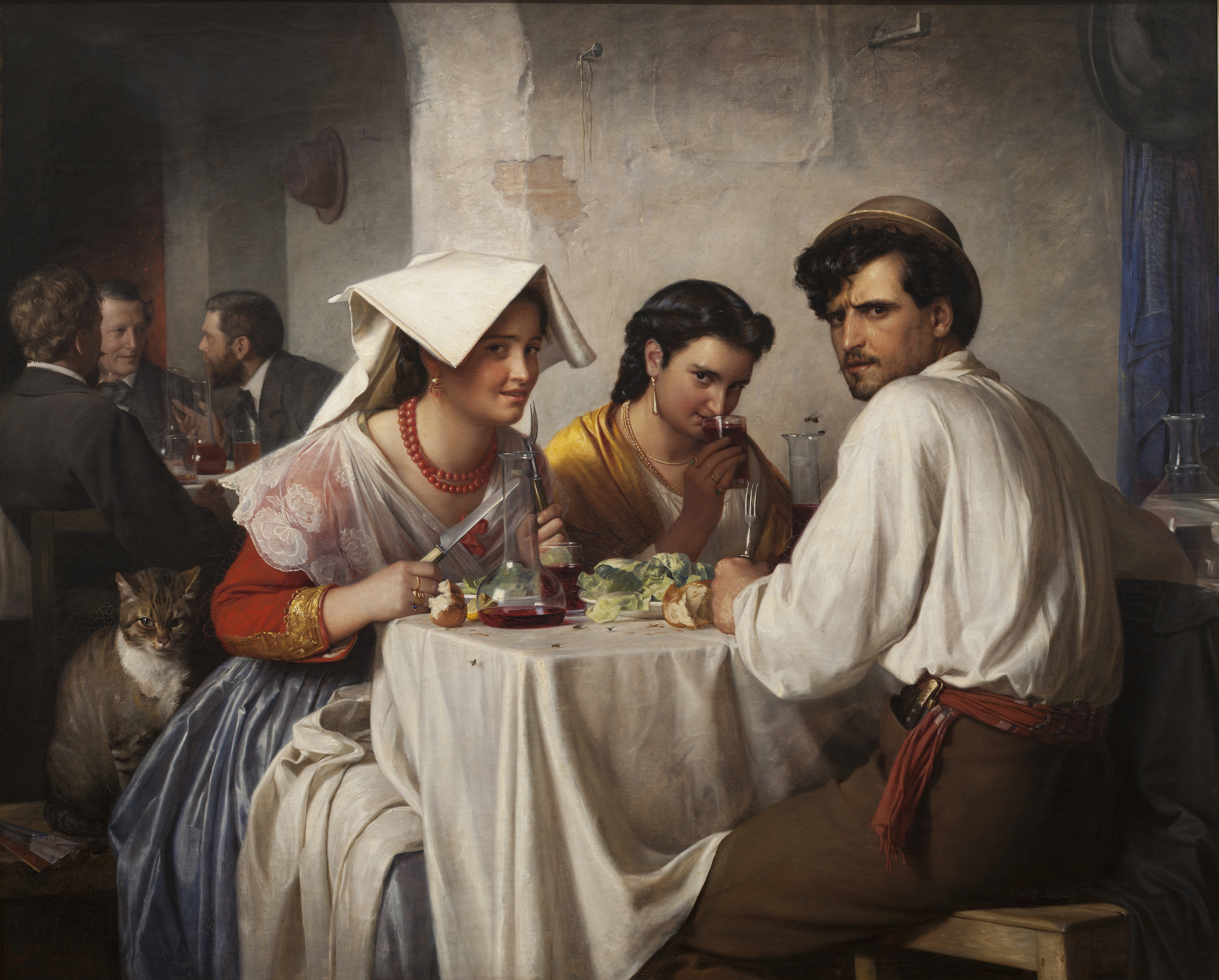
In a Roman Osteria, 1866
Carl Heinrich Bloch (1834 - 1890)
Oil on canvas
148.5 × 177.5 cm
National Gallery of Denmark, Copenhagen
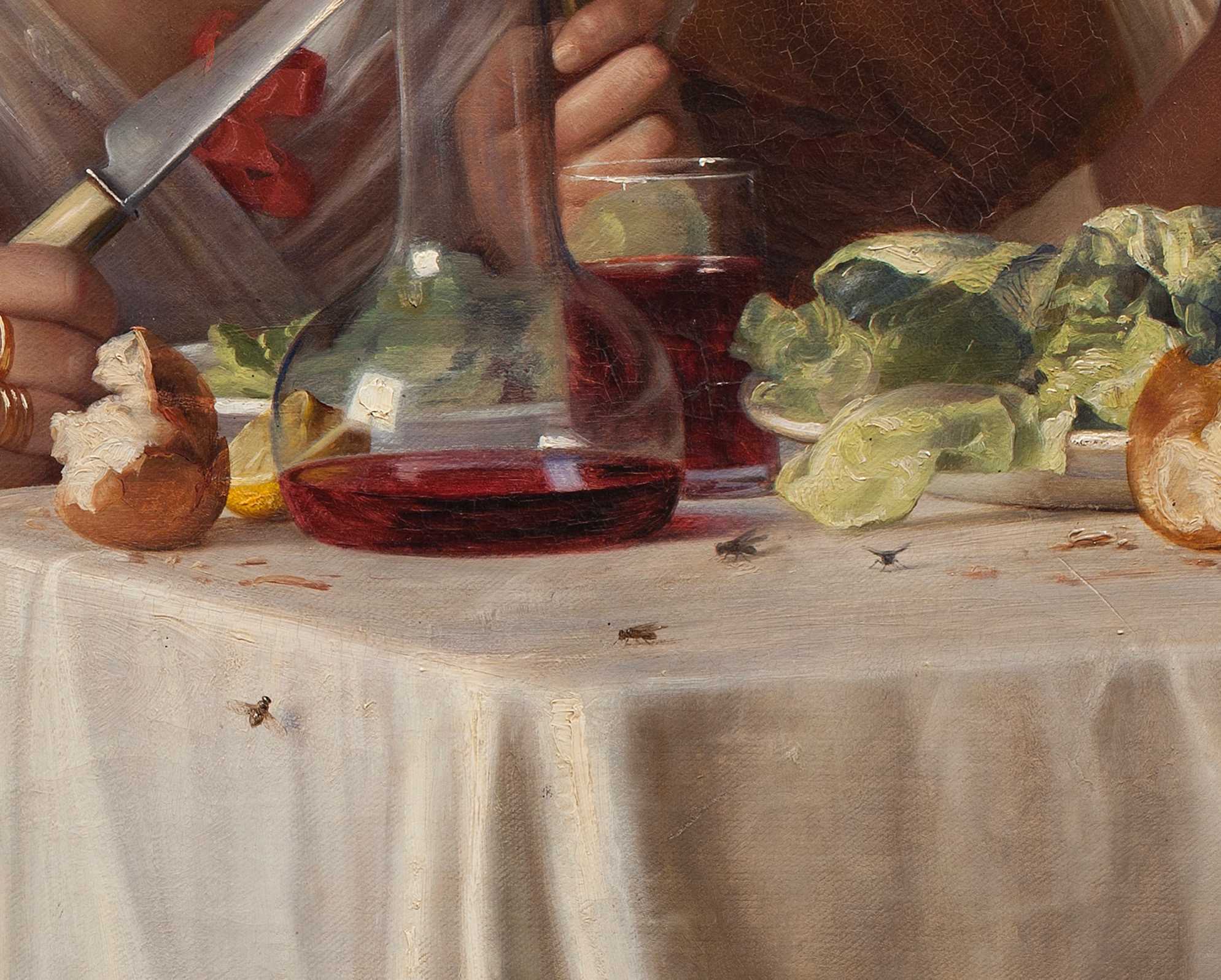
Detail
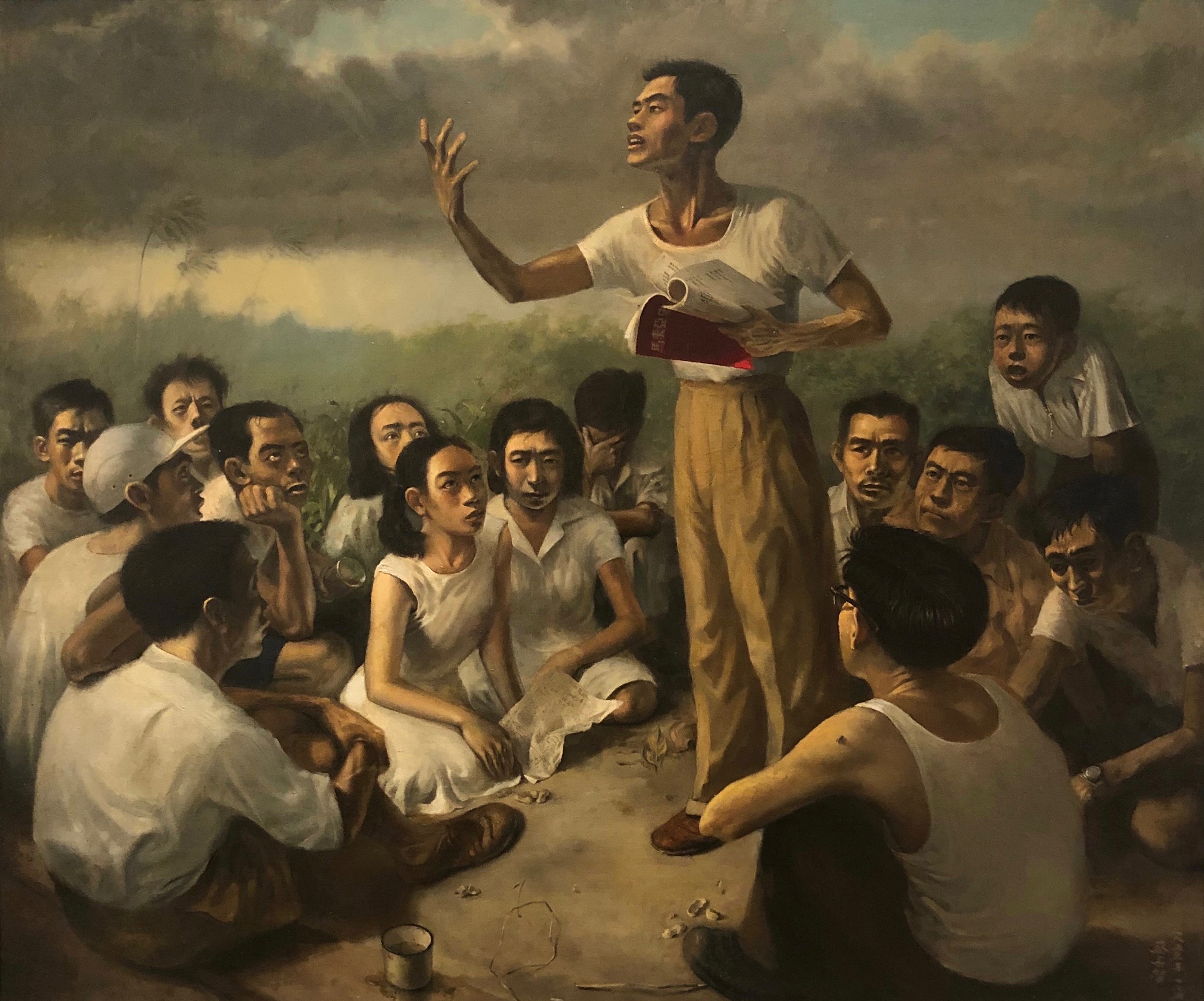
Epic Poem of Malaya, 1955
Chua Mia Tee (1931 - )
Oil on canvas
107 x 125.5 cm
National Gallery Singapore, Singapore

Detail
Example 7: Teachers show various sculpture and explain the concepts of body and beauty (concept and interpretation).

Venus of Willendorf, c. 28,000-25,000 B.C.
Oolitic limestone
H 11.1 cm
Naturhistorisches Museum, Vienna

Prince Rahotep and his Wife Nofret, c. 2580 B.C.
Painted stone
H 121 cm
Egyptian Museum, Cairo

Riace Warrior, c. 460 - 450 B.C.
Bronze
H 203 cm
National Museum of Magna Grecia, Reggio Calabria, Italy

Pieta from the Rhineland, c. 1300
Painted limewood
H 89 cm
Rheinisches Landes Museum, Bonn

The Ecstasy of Saint Teresa, 1647 - 1652
Gian Lorenzo Bernini (1598 - 1680)
Marble
H 350 cm
Santa Maria della Vittoria, Rome

Unique Forms of Continuity in Space, 1913
Umberto Boccioni (1882 - 1916)
Bronze
H 121.3 cm
Metropolitan Museum of Art, New York

Male Torso, 1917
Constantin Brancusi (1876 - 1957)
Brass
H 63.8 cm (without base)
Cleveland Museum of Art, Ohio

Supermarket Lady, 1969
Duane Hanson (1925 - 1996)
Fiberglass, polyester and mixed media
Life size
Suermondt-Ludwig-Museum, Germany
Example 8: Ask students to search for artworks using red hues. Then, guide them in analysing the functions of red in those works (concept and interpretation / form)

Composition with Red, Blue and Yellow, 1930
Piet Mondrian (1872 - 1944)
Oil on canvas
46 x 46 cm
Kunsthaus Zurich, Zurich

Stay Strong Japan, 2013
Everlong Design
Digital image

The Red Room (Harmony in Red), 1908
Henri Matisse (1869 - 1954)
Oil on canvas
180.5 x 221 cm
State Hermitage Museum, Saint Petersburg

Zhao Kuang Yin
Peking Opera Acting Mark

Snow on Tianshan Mountain, Qing dynasty (1644-1911)
Hua Yan (1682-1756)
Ink and color on paper
159.1 x 52.8 cm
Palace Museum, Beijing, China
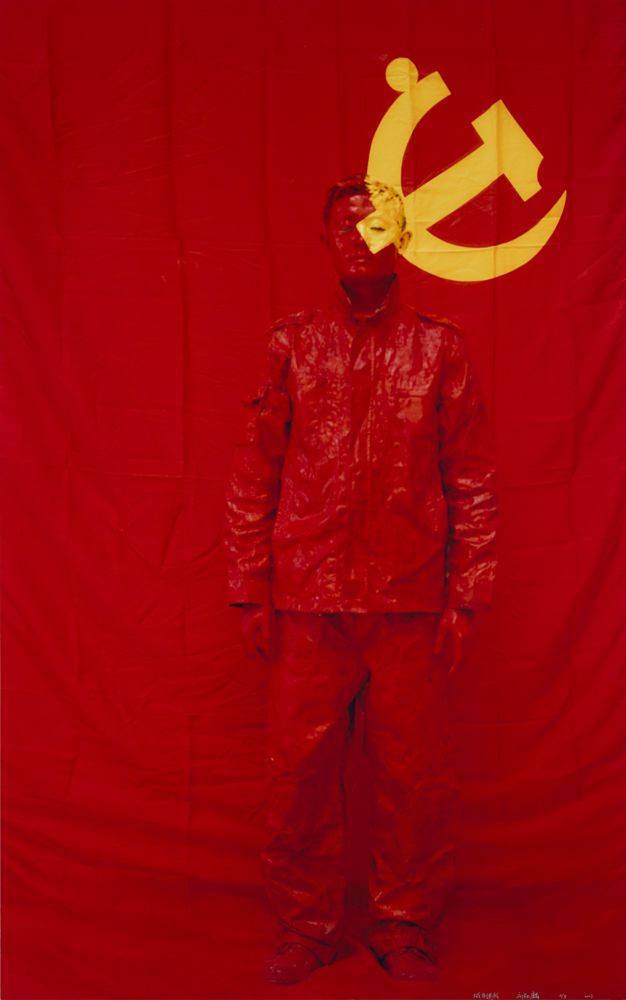
In Front of the Party's Flag No.1, 2007
Liu Bolin (1973-)
Chromogenic colour print
159.5 × 100 cm
M+ Sigg Collection, Hong Kong

Stop traffic sign
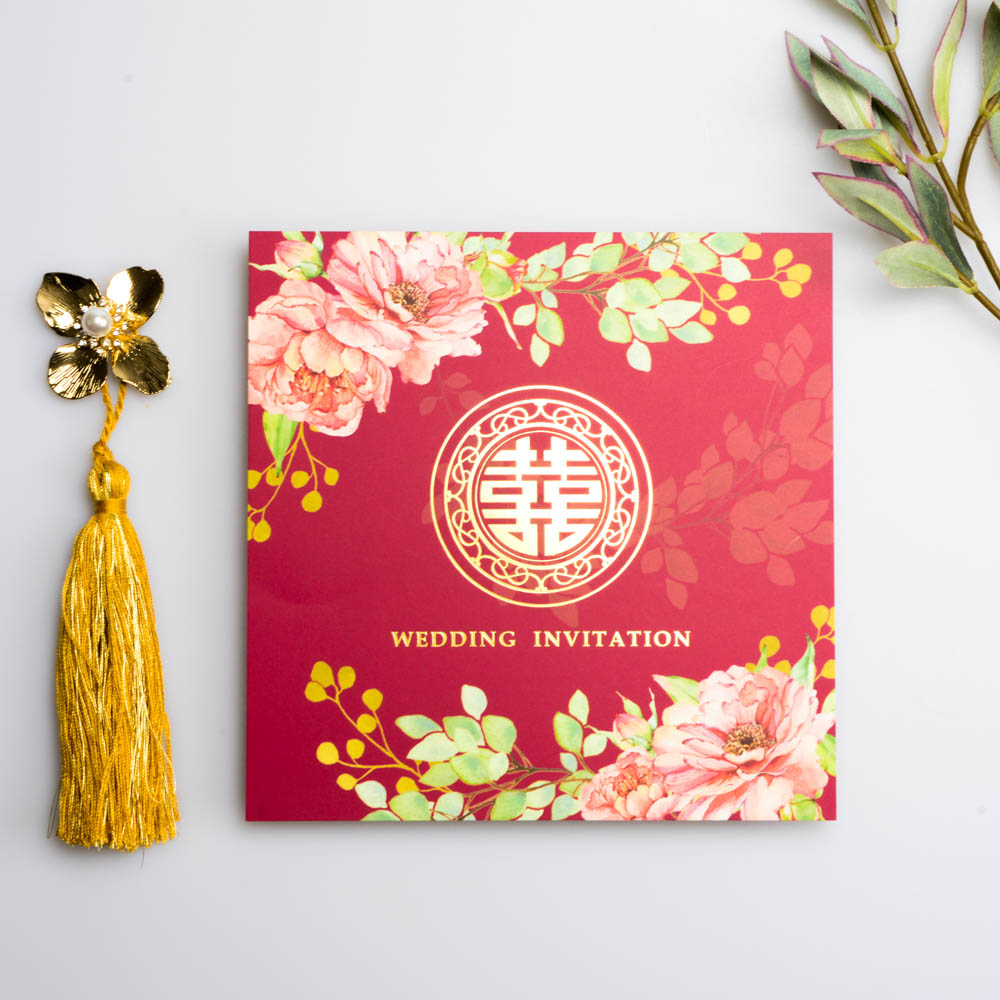
Chinese wedding invitation
Example 9: Ask students to search for artworks employing blue hues. Then, guide them in analysing the functions of blue in those works (concept and interpretation / form)

The Old Guitarist, 1903 - 1904
Pablo Picasso (1881 - 1973)
Oil on panel
122.9 x 82.6 cm
Art Institute of Chicago, Chicago

Blue Sponge Relief, Little Night Music, 1960
Yves Klein (1928 - 1962)
Sponge, stone and pigments on wood and canvas
145 × 116 cm
Städel Museum, Frankfurt

Madonna del Granduca, c. 1506 - 1507
Raphael (1483 - 1520)
Oil on wood
84.4 x 55.9 cm
Pitti Palace, Florence

Vase with Lotus and Dragon Decoration in Underglaze Blue, Ming dynasty, Yongle reign (1403-1424)
Porcelain
H 42.9cm, Diam. of mouth 9.7cm, Diam. of base 15.8cm
National Palace Museum, Taipei

Navy Costume

Three Colours: Blue, 1993
Kellerman Design
Movie Poster

Janssen Cosmetics
Energizing Hydro-gel
Face and Eye Vitalizer

How to Relax on the Plateau—Complicated Graphic Change No. 3, 2008
Duan Jianyu (1970-)
Oil on canvas
167.5 × 159.6 × 3.5 cm
M+ Sigg Collection, Hong Kong
Research Activity
Introduction
Research activity aims to help students acquire (1) biographical knowledge of artists and (2) contextual information of artworks, so that they can better understand the intentions of the artist.
Implementation
-
Project-based learning:
- Divide students into groups and have them work as a team to study a common theme or a chosen artwork in different aspects, e.g. life history of the artist, background of creation, what kinds of art styles had influenced the artist, etc
-
Class presentation:
- Invite students to briefly present their project outcomes, especially on how they reinterpret the artwork based on their research findings.
-
Classroom teaching and learning:
- Enrich, organise and summarize students’ research outcomes. Guide students in interpreting the artwork with biographical knowledge of the artist and contextual information of the work.
- If students are not familiar with the basic knowledge of the artwork, or the artwork involves a wide range of historical, religious or mythical elements, teachers can equip students with relevant knowledge through lectures before having students undertake their research.
Examples
Example 1: Practise art criticism on Court Ladies Adorning Their Hair with Flowers . Ask students to gather information about the artist’s background and artworks, so that they can better understand the themes and characteristics of the artist’s creation.

Court Ladies Adorning Their Hair with Flowers, Tang dynasty (618-907)
Zhou Fang (c. 730 - c. 800)
Ink and colors on silk
46 x 180 cm
Liaoning Provincial Museum, Shenyang

Court Lady With Servants, Tang dynasty (618-907)
Zhou Fang (c. 730 - c. 800)
Ink and colors on silk
33.7 x 204.8 cm
Palace Museum, Beijing, China

Court Ladies Playing Double Sixes, Tang dynasty (618-907)
Zhou Fang (c. 730 - c. 800)
Ink and colors on silk
30.7 x 64.4 cm
Freer Gallery of Art, Washington, D.C.
Example 2: Practice art criticism on Court Ladies Adorning Their Hair with Flowers. Ask students to collect Tang poems with flowers or women as the theme.




Example 3: Practice art criticism on Hong Kong After 1997. Ask students to collect information about the artist’s background and artworks, so that they can acquire a better understanding of the themes and characteristics of the artist’s creation and hence the artwork.

Hong Kong after 1997, 2016
Shieh Ka-ho (1970 - )
Chinese ink and gouache on silk
44 x 60 cm

Chow Yun Fat’s Fitting Room, 2009
Shieh Ka-ho (1970 - )
Collage on cardboard
60 x 60 cm

Four Seasons, 2010
Shieh Ka-ho (1970 - )
Chinese ink and gouache on silk
90 x 74 cm

Go! Save the Queen, 2015
Shieh Ka-ho (1970 - )
Chinese ink and gouache on silk
43 x 43 cm
Example 4: Practice art criticism on Hong Kong After 1997. Ask students to collect images about architecture in different countries, so that they can learn about various styles and cultures of architectural designs around the world, and hence the relationship between the artwork and architecture.

Palace Museum, 1406 – 1420
72 million m2
Beijing

Taj Mahal, 1632 - 1653
H 73 m
Agra, Uttar Pradesh, India

Palais Garnier, 1861 - 1875
H73.6 x L172 x W125 m
Paris

Schröder House, 1924
Gerrit Rietveld (1888-1964) Utrecht, The Netherlands
Example 5: Ask students to research on the historical background of the artwork, in order to understand and analyse the relationship between Nighthawks and the social and political context at the time.

Nighthawks, 1942
Edward Hopper (1882 - 1967)
Oil on canvas
84.1 x 152.4 cm
Art Institute of Chicago, Chicago

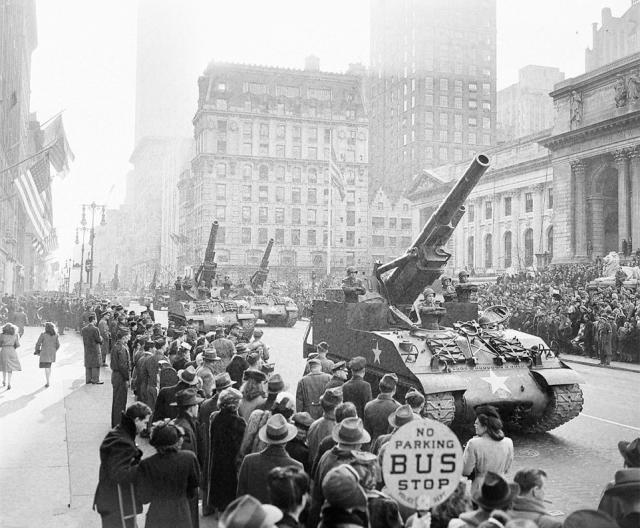
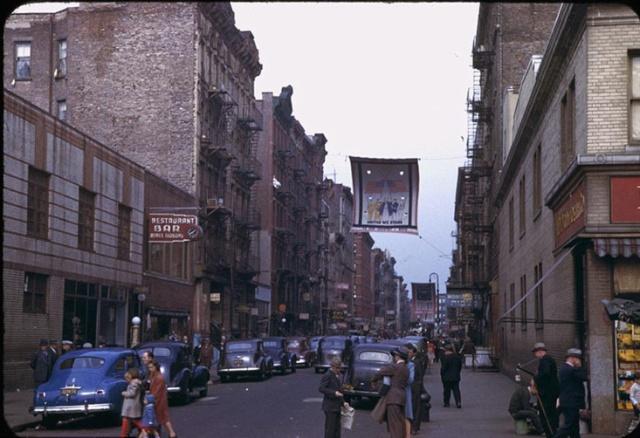
Example 6: Ask students to search for more artworks by the artist Edward Hopper. Encourage students to explore Hopper’s artistic styles and themes of his works, and to analyse how the artist represents loneliness of city dwellers in Nighthawks.

Automat, 1927
Edward Hopper (1882 - 1967)
Oil on canvas
71.4 x 91.4 cm
Des Moines Art Center, Des Moines

Chop Suey, 1929
Edward Hopper (1882 - 1967)
Oil on canvas
81 x 96.5 cm
Private Collection

Hotel Lobby, 1943
Edward Hopper (1882 - 1967)
Oil on canvas
82.55 x 103.5 cm
Indianapoils Museum of Art, Indianapoils
